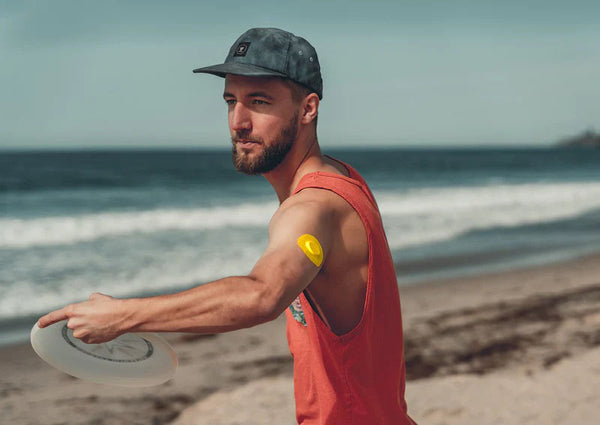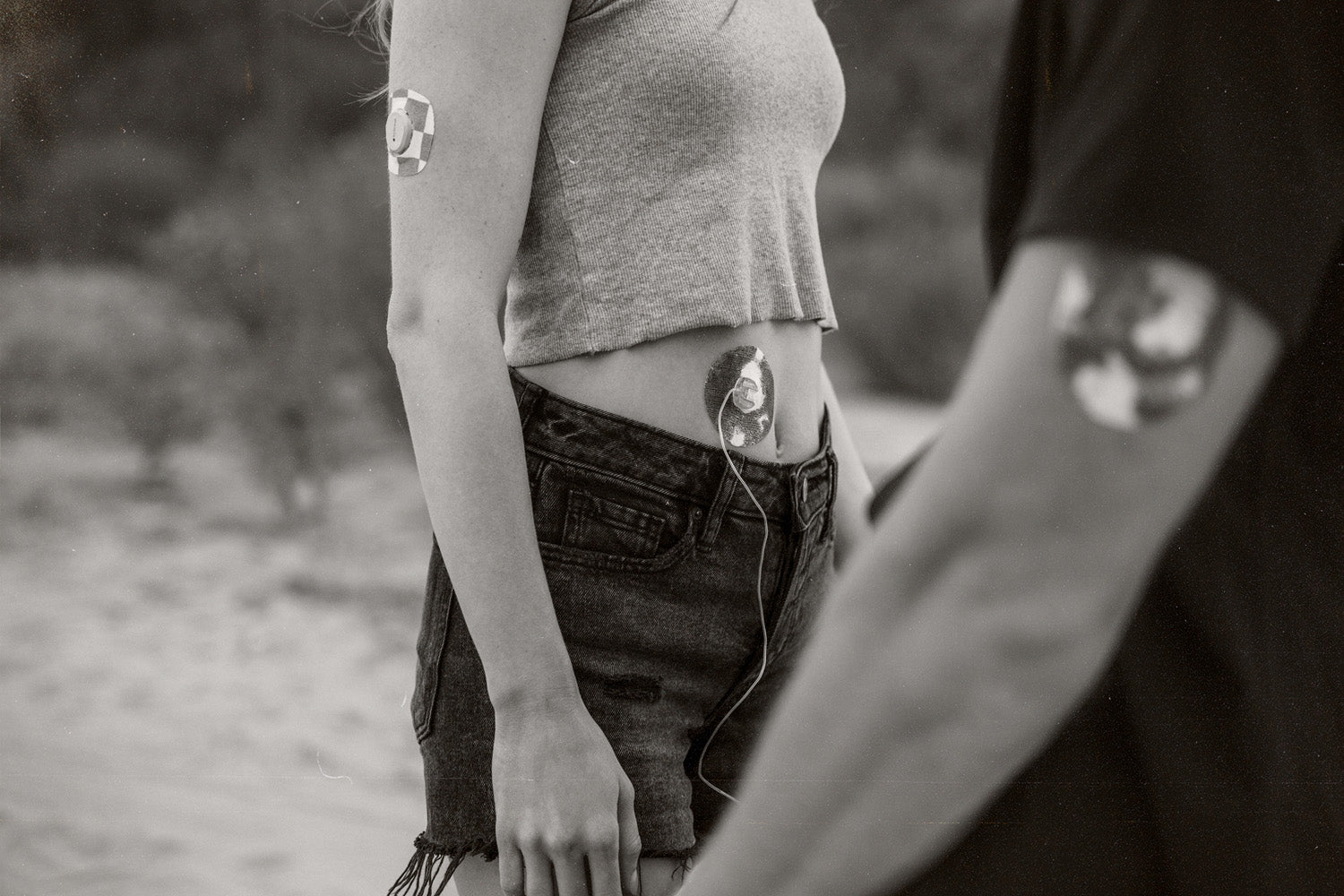
*Disclaimer: All content and information in this blog is for informational and educational purposes only. This article was medically reviewed by Amanda Ciprich, MS, RD. Last updated on 3/15/24.
For decades, traditional glucose monitoring methods have been accompanied by various challenges, ranging from discomfort from finger pricks to the inconvenience of bulky sensors. With advancements in diabetes technology, the landscape of diabetes management is rapidly evolving. Freestyle Libre 3 has emerged as the latest continuous glucose monitoring system (CGMs) by Abbott Diabetes Care. Continue reading to learn more about how Freestyle Libre 3 is a step forward in the quest for better, more manageable future for people with diabetes.
What is the Freestyle Libre 3?
The Freestyle Libre 3 is a the latest CGMs device developed by Abbott Diabetes Care. It is the smallest and most accurate 14-day CGMs for discreet wear and accurate glucose readings.
What’s new about the Freestyle Libre 3?
In comparison to the previous generation, Freestyle Libre 2, here's what's new with the Freestyle Libre 3:
Smaller Size:
Freestyle Libre 3 is currently the smallest CGMs on the market with a compact size of just two stacked pennies. This is a significant reduction in size from the previous, Libre 2, generation which is the size of two stacked quarters.
Increased Accuracy:
Both Freestyle Libre 2 and Freestyle Libre 3 have impressive glucose accuracy, but the Freestyle Libre 3 is slightly more accurate with an impressive overall MARD of 7.9%. Freestyle libre 3 is the first CGM to reach a sub-eight MARD value, making it the most accurate 14-day CGM.
No Scanning Required:
Earlier versions of the Freestyle Libre system required users to scan their sensor in order to obtain current glucose readings with a compatible reader or smartphone device. Now, the Freestyle Libre 3 eliminates the need for scanning for a more convenient and discreet user-experience.
What are the limitations of the Freestyle Libre 3?
Unfortunately, the Freestyle Libre 3, is not compatible with an insulin pump in the United States. Another limitation of the Freestyle Libre 3 is having a challenging time with the adhesive staying stuck for the full 14-day wear-time duration, though a Freestyle Libre sensor adhesive can keep it secured to the arm.
What about cost?
The cost of Freestyle Libre 3 will vary from person to person depending on individual insurance coverage. Without insurance, a Freestyle Libre 3 sensor is about $75 for a single 14-day sensor or $150 for a 30-day supply.
How do I get the newest Freestyle Libre 3?
Like all CGM systems, users who are interested need a prescription from your healthcare provider. Once you have a prescription, you can have it sent to your local pharmacy, medical supplier, or preferred online retailer for pickup.
What can I do with the Freestyle Libre 3?
The Freestyle Libre 3 will allow you to monitor your glucose levels in real-time and alert you when your glucose levels are too high or too low. This can provide you with a peace of mind to keep up with your day-to-day activities without spending time worrying about your glucose levels .
Resources:
https://www.freestyle.abbott/us-en/compare-cgms.html
https://www.freestyle.abbott/us-en/products/freestyle-libre-3.html
https://www.abbott.com/corpnewsroom/diabetes-care/welcome-to-the-MARD-world-of-diabetes-care.html






























